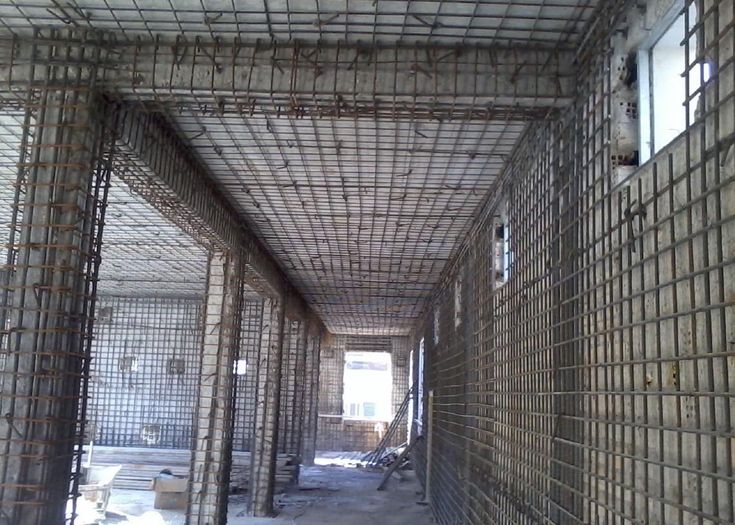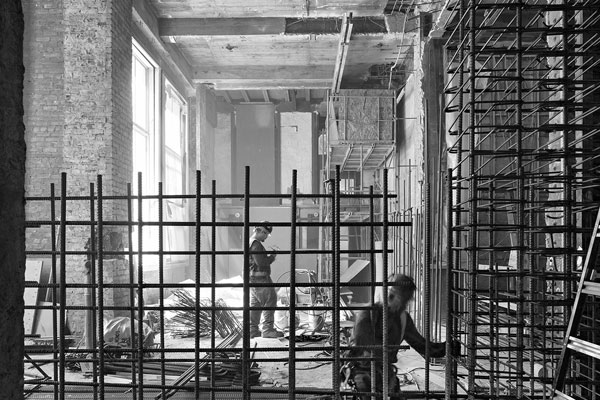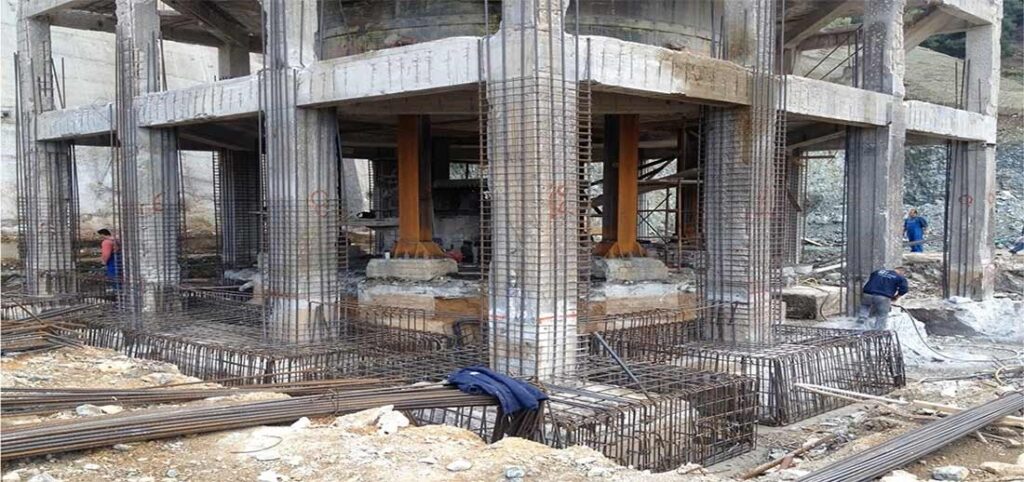Structural engineering is one of the most prominent subfields of civil engineering among its many. It is in charge of planning and directing various projects, such as building flyovers, constructing bridges, digging tunnels, building towers, and so forth. Stated differently, structural engineers play a key role in ensuring the safety and solidity of our buildings during construction so they can endure any type of environmental condition.
Determining a structure’s integrity is the specialty of structural engineers. They evaluate potential problems with a structure and develop plans to address them. They have the expertise to assess a structure’s stability, robustness, and safety.
Structural engineering is a branch of civil engineering that deals with the design, analysis, and construction of structures such as buildings, bridges, dams, and towers. It encompasses the principles of physics and mathematics to ensure that structures can withstand the loads and forces they may encounter throughout their lifespan.
One of the primary goals of structural engineering is to ensure the safety, durability, and functionality of structures while also considering factors such as aesthetics, cost-effectiveness, and sustainability. Structural engineers work closely with architects, contractors, and other professionals to create innovative and efficient solutions that meet the needs of society.
Structural engineers use various tools and techniques to analyse the behaviour of structures under different conditions, including computer-aided design (CAD) software, finite element analysis (FEA), and mathematical modelling. By simulating how structures will respond to forces such as gravity, wind, and earthquakes, engineers can optimize their designs to minimize risks and enhance performance.
In addition to designing new structures, structural engineers also play a crucial role in assessing and retrofitting existing buildings and infrastructure to improve their safety and resilience. This may involve conducting inspections, performing structural analysis, and recommending repairs or upgrades to ensure compliance with building codes and standards.
Overall, structural engineering is essential for creating safe and sustainable built environments that enhance the quality of life for people around the world. Whether it’s designing a skyscraper, a bridge, or a residential home, structural engineers play a vital role in shaping the world we live in.
Structural engineering has been at the forefront of innovation for centuries, constantly evolving to meet the demands of modern construction and design. With advancements in technology, materials, and techniques, structural engineers are pushing the boundaries of what is possible in building design and construction. Here are some of the recent advancements in structural engineering that are shaping the future of the industry:
1. Building Information Modelling (BIM): BIM has revolutionized the way structural engineers design and manage construction projects. It allows for the creation of detailed 3D models that integrate all aspects of a building’s design, including structural components, plumbing, electrical systems, and more. BIM enables better coordination between different disciplines, improves visualization, and helps identify potential clashes or conflicts early in the design process, leading to more efficient and cost-effective construction.
2. Advanced Materials: New materials and composites are constantly being developed that offer superior strength, durability, and sustainability compared to traditional building materials. For example, carbon fiber reinforced polymers (CFRP) are being used to strengthen and retrofit existing structures, while ultra-high-performance concrete (UHPC) is being employed in high-rise buildings and infrastructure projects for its exceptional strength and durability.
3. 3D Printing: 3D printing technology is being increasingly utilized in structural engineering for prototyping, formwork fabrication, and even construction of entire buildings. This technology allows for complex geometric shapes to be created with precision and efficiency, reducing material waste and construction time. 3D printing also offers the potential for customization and mass customization, allowing architects and engineers to create unique and innovative designs.
4. Advanced Analysis and Simulation: Advancements in computer modeling and simulation software have enabled structural engineers to conduct more accurate and detailed analyses of building behavior under various loads and conditions. Finite element analysis (FEA) and computational fluid dynamics (CFD) simulations allow engineers to optimize structural designs for performance, efficiency, and safety.
5. Sustainable Design: Sustainability is a growing concern in the construction industry, and structural engineers are playing a key role in designing buildings and infrastructure that minimize environmental impact. This includes designing structures that are energy-efficient, use recycled materials, and incorporate renewable energy sources such as solar panels and wind turbines.
6. Smart Structures: The development of smart materials and sensors is leading to the emergence of smart structures that can monitor and adapt to changing environmental conditions. These structures can detect stress, strain, and other factors in real-time, allowing for proactive maintenance and optimization of performance.







